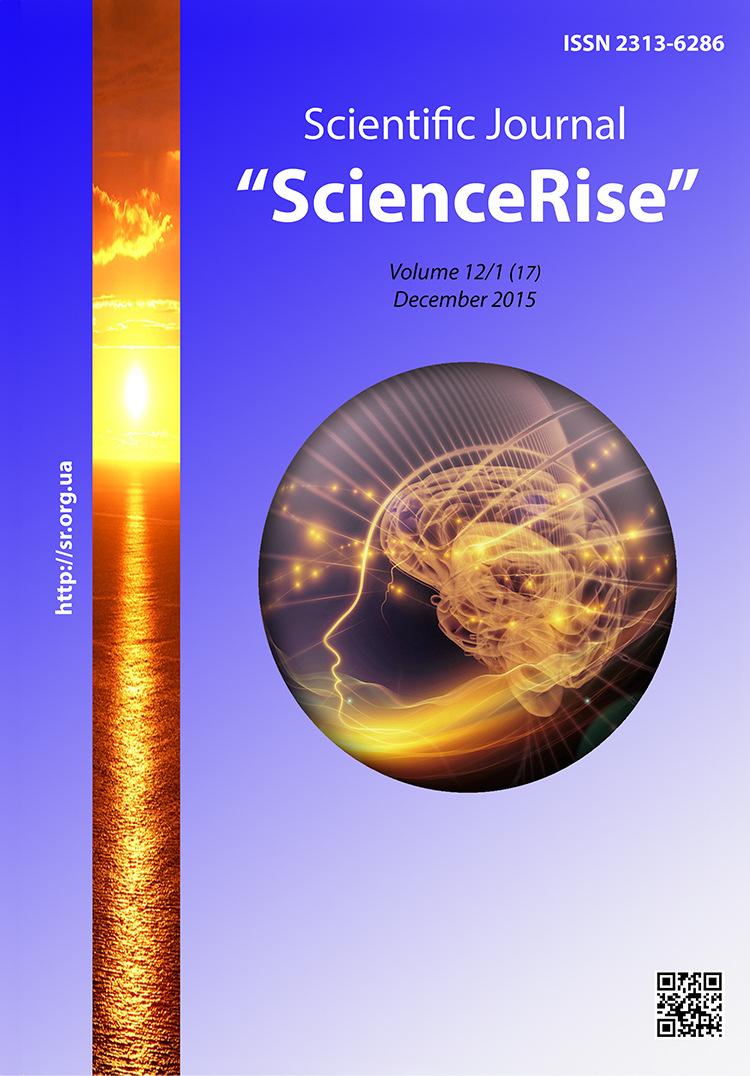Панорамне мислення, як дієвий інсрумент у формуванні новітніх соціокультурних концептів
DOI :
https://doi.org/10.15587/2313-8416.2015.53895Mots-clés :
мислення, панорамне мислення, панорамне бачення, соціум, суспільна свідомість, колективне безсвідомеRésumé
Стаття присвячена дослідженню феномену – “панорамне мислення” в контексті обґрунтування соціальнофілософських передумов його функціонування, його впливу на суспільну свідомість та перебіг соціальних процесів в суспільстві. Вивченню можливостей застосування панорамного мислення в якості інструменту формування новітніх соціокультурних концептів. Також приводиться порівняльний аналіз панорамного мислення з мисленням деяких інших типів
Références
Borinshtein, E. R. (2006) Osoblivosti sotsiokulturnoyi transformatsiyi suchasnogo ukrayinskogo suspilstva [Features of social cultural transformation of modern Ukrainian society]. Odessa, Ukraine: “Astroprint”, 400.
Great soviet encyclopedia. Available at: http://bse.slovaronline.com
Tratcyakov, Y. Panoramic thought as term Available at: http://www.proza.ru
Tratcyakov, Y. Criminal diagnosis: narrow-mindedness. Available at: http://inteltech.iatp.by/ped_draft.html
Cherkacova, I. I. (2010). Stanovlenie panoramno-pedagogicheskogo mishlensya snudentov [Becoming of panoramically-pedagogical thought of students]. Tobolsk: ТGSPА called after D.I. Mendeleev, 215.
Kavalerov, A. A., Borinshtein, E. R. (2001). Lichnost: eyo yazirovie tsennostnie orientatsii [Personality: its linguistic valued orientations]. Odessa, Ukraine: “Astroprint”, 168.
Ung, K. G. (2003). Simvolicheskaiya jizn [Symbolic life]. Moscow, Russia: “Kogito-Tcentr”, 326.
Téléchargements
Publié-e
Numéro
Rubrique
Licence
(c) Tous droits réservés Александр Владимирович Тимохов 2015

Cette œuvre est sous licence Creative Commons Attribution 4.0 International.
Our journal abides by the Creative Commons CC BY copyright rights and permissions for open access journals.
Authors, who are published in this journal, agree to the following conditions:
1. The authors reserve the right to authorship of the work and pass the first publication right of this work to the journal under the terms of a Creative Commons CC BY, which allows others to freely distribute the published research with the obligatory reference to the authors of the original work and the first publication of the work in this journal.
2. The authors have the right to conclude separate supplement agreements that relate to non-exclusive work distribution in the form in which it has been published by the journal (for example, to upload the work to the online storage of the journal or publish it as part of a monograph), provided that the reference to the first publication of the work in this journal is included.

